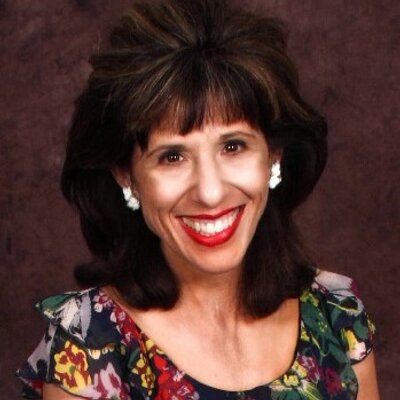by Rebecca Light
The Los Angeles Westside Writers Lit Mingle kicked off the New
Year with a session that explored visual journaling for writers. For those of
us in the children’s book world not bestowed with the talents of our
illustrator pals, we easily forget what an asset freeing the hand can be to
freeing the mind.
Author Linda Barry has written a book on visual journaling
that many in the Mingle room recommended. The topic of coloring books for
adults also came up, specifically a book by Dr. Stan Rodski which targets
specific areas of the brain and cognitive functions based on the coloring
exercise.
We next embarked on a series of visual exercises, with
instructions to let our hands move freely, allowing the pencil to lead.
Releasing all inhibitions and transferring power to our pencils, we doodled
with no restraint for several minutes.
The next exercise required even more release of mental reservation.
We were asked to draw a self-portrait—with our eyes closed. Judging from the
grumbles in the room, our brains were instantly put off by the task—but of
course that was the point. We pushed our minds beyond what seemed possible, and
found delightful results. The portraits in the room could be described as
accurate, endearing, surprising, but certainly not boring.
Next we drew with our non-dominant hand, and what fascinated
me personally about this exercise was not that it was harder or easier than
expected to use my left hand, but that in doing so I ended up with uncharacteristic
content. I consistently doodle rainbows, kittens, puppies, and charming alien
creatures in my journals, but surprising even to myself was when my left hand doodled
a hissing snake.
For the last exercise, we chose elements of our own works in
progress in which we felt stuck, and we drew them. For many writers the process
helped them to understand their character in a deeper way and see the scene
with fresh eyes. For me, I could tell this exercise would require more time. I
had to keep reminding myself that even if my hand could not recreate the image
in my head, I could explore the scene through doodle as long as I didn’t judge
what came out through my pencil.
This month’s mingle reminded me of something Adam Rex shared
at an SCBWI conference two years ago. He said that people ask him all the time,
“When did you start drawing?” and that he always answers back by saying, “When
did you stop?” This month, the writers in the basement of the Santa Monica
library were offered a cordial invitation to pick up that crayon once again.
Many of us agreed that using our minds, and hands, in a new way allowed a new
perspective to shine through our work.





